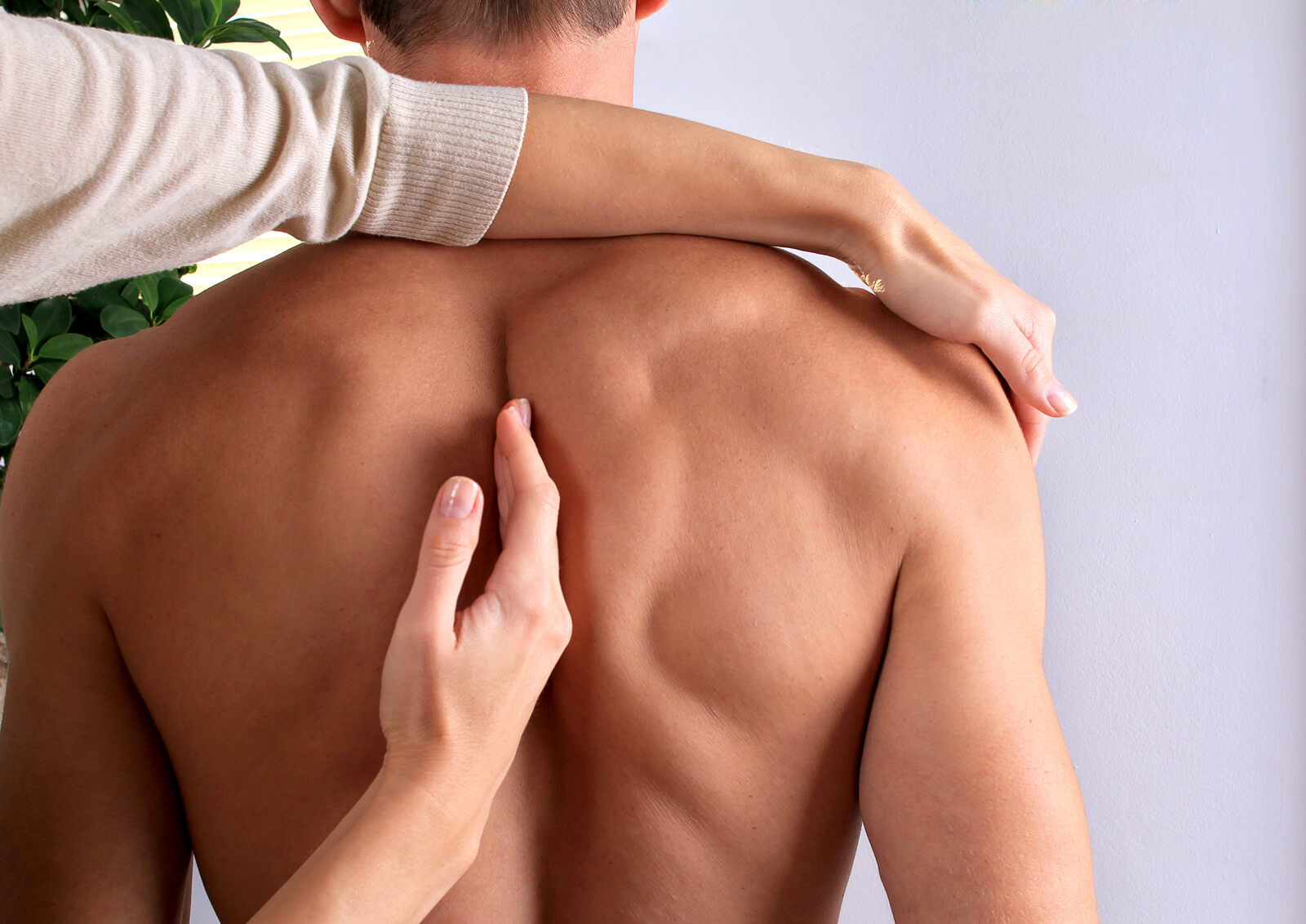Water-based exercise can be highly beneficial for pregnant women for many reasons. In this blog, Jessica Pratley, outlines some of the benefits that can be associated.
Antenatal pool classes:
Antenatal Hydrotherapy exercise classes can start from 14 weeks of pregnancy. Classes are generally 45 minutes long and involve exercises such as gentle cardio, stretching, general strengthening, pelvic floor and deep abdominal exercises. It is a great way to remain active, meet other expectant mothers and let the water take the weight off your joints.
A review by your obstetrician or GP is recommended before commencing the hydrotherapy class.
Benefits
1. Hydrotherapy is safe for pregnant women as the water supports the weight of the body which reduces the pressure on the pelvic floor. Exercises that are difficult and not recommended to perform on land (such as: jumping and jogging) can be performed comfortably and safely in the water.
2. Exercising in the water helps to prevent fluid retention and swelling
3. For women who suffer from the aches and pains associated with pregnancy (pelvic girdle pain, back pain, pubic symphysis dysfunction etc.) the water can assist with managing their symptoms.
4. Women can maintain an active lifestyle and maintain a healthy body weight throughout the pregnancy
5. Exercise has been proven to improve mood and mental state
6. Participating in exercise during pregnancy has shown to allow a quicker postnatal recovery
Who shouldn’t participate in hydrotherapy?
Hydrotherapy can be highly beneficial for pregnant women, however it is not for everyone. If you are somebody who suffers from any of the conditions stated below, we do not recommend participating in hydrotherapy as it can have an impact your health. For further information regarding this speak to your general practitioner.
- Pre-eclampsia
- Placenta-Previa
- Early rupture of membranes
- Vaginal bleeding
- Excessively short of breath
- Chest pains/palpitations
- Severe headache
- Dizziness
If you would like to join an Antenatal Hydrotherapy Class at Southcare the times are;
- Monday 6-7pm
- Thursday 6-7pm
- Saturday 10-11am
Pelvic floor
What are the pelvic floor muscles?
The pelvic floor is made up of layers of muscle and connective tissue. The muscles attach at the front of the pelvis at the pubic bone and insert at the tail bone.
What is their function?
The pelvic floor muscles have four main functions:
- Support of the pelvic organs (the bladder, uterus and bowel)
- Control of the bladder and bowel function
- Support the lower back when working with the abdominal muscles.
- Improve vaginal tone for sexual enjoyment
How to use them?
- Breath normally and keep abdominals, buttocks and thighs relaxed
- As you breathe out gently squeeze and lift the muscles around your back passage, vagina and front passage
- On the breath in completely relax the muscles and repeat.
- Break pelvic floor contractions up throughout the day as the aim is quality rather than quantity (only perform as many as is comfortable and able).
- Long holds should be performed too (Example: lift and hold for 5 seconds, and allow 5 seconds to relax)
For further information regarding the pelvic floor refer to the Pelvic Floor First website.
If you would like to speak to a physiotherapist or have a pelvic floor assessment, you can learn more here.
Kelley, M. J., Shaffer, M. A., Kuhn, J. E., Michener, L. A., Seitz, A. L., Uhl, T. L., … McClure, P. (2013). Shoulder Pain and Mobility Deficits: Adhesive Capsulitis. Journal of Orthopaedic & Sports Physical Therapy, 43(5), A1–A31. http://doi.org/10.2519/jospt.2013.030
Buchbinder, R. (2004). Effect of arthrographic shoulder joint distension with saline and corticosteroid for adhesive capsulitis. British Journal of Sports Medicine, 38(4), 384–385. http://doi.org/10.1136/bjsm.2004.013532
Chester, R., Jerosch-Herold, C., Lewis, J., & Shepstone, L. (2016). Psychological factors are associated with the outcome of physiotherapy for people with shoulder pain: A multicentre longitudinal cohort study. British Journal of Sports Medicine, 269–275. http://doi.org/10.1136/bjsports-2016-096084
Favejee, M. M., Huisstede, B. M. A., & Koes, B. W. (2011). Frozen shoulder: The effectiveness of conservative and surgical interventions-systematic review. British Journal of Sports Medicine, 45(1), 49–56. http://doi.org/10.1136/bjsm.2010.071431
Hickey, D., Solvig, V., Cavalheri, V., Harrold, M., & Mckenna, L. (2018). Scapular dyskinesis increases the risk of future shoulder pain by 43% in asymptomatic athletes: a systematic review and meta-analysis. British Journal of Sports Medicine, 52(2), 102–110. http://doi.org/10.1136/bjsports-2017-097559
Neviaser, A. S., & Hannafin, J. A. (2010). Adhesive Capsulitis. The American Journal of Sports Medicine, 38(11), 2346–2356. http://doi.org/10.1177/0363546509348048
Swanik, K. a, Swanik, C. B., Lephart, S. M., & Huxel, K. (2002). The effect of functional training on the incidence of shoulder pain and strength in intercollegiate swimmers. J. Sport Rehabil., 11, 140–154. http://doi.org/10.1123/jsr.11.2.140

